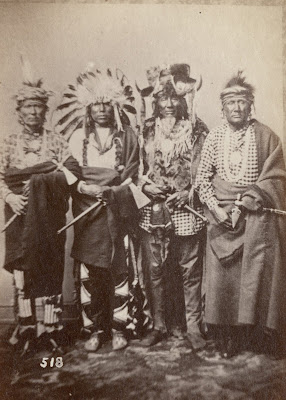Minoru first took to the ice at the age of four with his brother and sister on Lake Shōji near Mount Fuji and after his first visit to an indoor skating rink while attending elementary school, he attended a specialized training camp for promising young skaters at Nihon University in Tokyo. It was there he started working with Tsuzuki Shoichiro, who would remain his coach for his entire amateur career. Moving his way up the ranks, Minoru won his first senior medal - a bronze - when he was a fifteen at the 1971 Japanese Championships. By the following year in Osaka, he'd moved up a rung on the podium to claim the silver. It was gold in 1973 in Takano, Kyoto. His first senior men's title earned him a trip to the 1973 World Championships in Bratislava, where he finished a forgettable fourteenth.
That fall, Minoru travelled to Calgary, Alberta where he made history (for the first time in his career) by winning Japan's first medal at Skate Canada International, a bronze behind Toller Cranston and Ron Shaver. After repeating as Japan's senior men's champion in Hiroshima in early 1974, he returned to the World Championships, this time in Munich, West Germany. A disappointing eleventh place finish in the school figures left him in a position where he needed to make up ground in the short program and free skate and he did just that, moving up to eighth place from eleventh. That 'coming from behind after figures' scenario would be one that repeated itself time and time again throughout much of the rest of his competitive career, as was the case that fall at Skate Canada in Kitchener, where he climbed all the way from fifth place to take the silver medal behind Ron Shaver, ahead of American Charlie Tickner. Another medal at the Moscow Skate competition in the Soviet Union later in the fall of 1974 established Minoru as a skater to watch.
After winning a third Japanese men's title in Shiganawa in early 1975, Minoru headed to the World Championships in Colorado Springs ready to make a move on the top echelon of skaters. Disaster struck when he sprained his foot just days prior to the competition. Although he dropped two places down to tenth place, his gutsy performances earned Japan two men's spots for the 1976 Innsbruck Olympics. However, after the competition what he thought was a sprain turned out to be a fracture. The prospects of Minoru's Olympic dream appeared bleak.
Minoru rallied to win a fourth consecutive Japanese title in Tokyo, earning (alongside Mitsuru Matsumura) one of two men's spots on the Japanese Olympic team heading to Innsbruck. The judges didn't quite know what to do with him, offering scores in the figures that ranged from sixth to eleventh and in the short program that ranged from fourth to tenth. At the end of the day, he finished ninth overall. It was Japan's best result in the figure skating events of those Olympics. In Sweden at the World Championships that followed, he finished seventh overall. However, the March 4, 1976 issue of The Ottawa Citizen noted, "His spectacular high-speed performance [in the short program] included the only successful triple lutz/double toe-loop of [the] competition."
Minoru's final season in the amateur ranks was his most successful. In 1977, he won his fifth consecutive Japanese men's title in Kyoto then headed to the World Championships in Tokyo. Despite the pressures of performing in front of a massive hometown crowd, Minoru actually won the free skate ahead of a who's who of top men's skaters of that era - Jan Hoffmann, Vladimir Kovalev, David Santee and Charlie Tickner among them - with his daringly athletic performance. A sixth place finish in the figures almost kept him off the podium but he managed to win the bronze medal, a historic first medal at the World Championships for Japan.
Vlasimir Kovalev, Jan Hoffmann and Minoru Sano on the podium at the 1977 World Championships
In 1980, he moderated a weekly sports news show on Nippon Television called Exclusive! Sports Information and took a stab at competing in the World Professional Championships in Jaca, Spain. He tied in the judge's scores with American Scott Cramer and lost the title on the audience score by literally one point. Unphased, Minoru continued his skating with Viva! Ice World and work in television on FNN News Report as a sportscaster throughout the eighties. Confusingly - believe me - another Minoru Sano was also an extremely popular Japanese personality during this period. The other Minoru Sano was a celebrity ramen noodle chef.
Skate Guard is a blog dedicated to preserving the rich, colourful and fascinating history of figure skating. Over ten years, the blog has featured over a thousand free articles covering all aspects of the sport's history, as well as four compelling in-depth features. To read the latest articles, follow the blog on Facebook, Twitter, Pinterest and YouTube. If you enjoy Skate Guard, please show your support for this archive by ordering a copy of the figure skating reference books "The Almanac of Canadian Figure Skating", "Technical Merit: A History of Figure Skating Jumps" and "A Bibliography of Figure Skating": https://skateguard1.blogspot.com/p/buy-book.html.











































